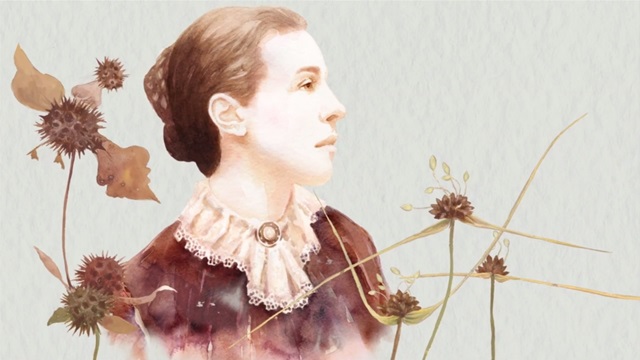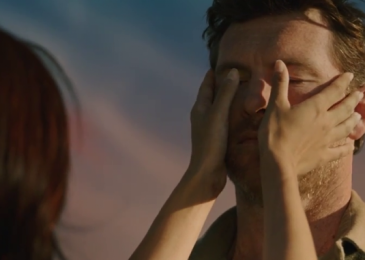
Oxvision Films
When God Calls You to Leave the Art World
Lilias Trotter could have been a famous painter. Instead, she chose to travel with two other single women to preach the gospel in Algeria. Why?
Interview by Katelyn Beaty/ March 9, 2016
In a recent New York magazine cover story, journalist Rebecca Traister notes that many more US women are embracing “that it’s okay for them not to be married.” She calls the decline of marriage “the most radical of feminist ideas.” But in fact, many women throughout history chose to be single not out of feminist commitments but out of Christian faith.
One such woman was Lilias Trotter, an English missionary who remains surprisingly obscure, even among missionary-loving evangelicals. Born to a well-to-do London family in 1853, Trotter showed an early aptitude for watercolor painting and in her teens became a protege of John Ruskin. She challenged the influential art critic’s assumptions about women artists (namely, that they shouldn’t be), and he promised her a life of fame under his guidance.
Then, at just the moment her career was set to take off, Trotter traveled by boat, then train, to Algeria with two other single women to preach the gospel to Muslims. She died there in 1928.
Trotter is the subject of Many Beautiful Things, a new documentary by D.C.-based filmmaker Laura Waters Hinson. The film, which is much more narrative and aesthetically pleasing than most of its genre, premiered in February at the National Gallery of Art. It features voiceover narration from Michelle Dockery (Lady Mary in Downton Abbey) and a soundtrack from Ryan O’Neal of Sleeping at Last. It released to DVD and online streaming channels in time for International Women’s Day, observed on Tuesday.
Hinson recently spoke with print managing editor Katelyn Beaty about the film, and whether we must necessarily choose between the way of art and the way of faith.
Given how obscure Lilias Trotter is, even among Christians, how did you learn about her? And what sparked you to devote this documentary to her life story?
I had never heard of her, like most people. I got an email a few years ago from biographer Miriam Rockness. She introduced herself and asked, would I be interested in directing a short documentary. She was leading a board of people; a board had been put together by funders to oversee a film. (I get a lot of weird emails. I can’t tell you how many times I’ve gotten emails about, “Here’s this book I’ve written about how there was a demonic witch who got converted to Christianity.” I get a lot of self-published books mailed to me.)
I ended up talking with Miriam on the phone for two hours the first time. I was taken by the story of Lilias and this decision that she made, and with that, the producers of the film wanted to explore the question of her calling. They wanted it to be a film that could go to a PBS audience or to universities, to reach beyond the church. I found that enticing.
I was drawn to this historic woman artist and historic woman of faith—you hardly ever seen stories like this spotlighted.
Why has Trotter remained so obscure?
Partly because she lived in Algeria for 40 years, until she died. A lot of her work did get smuggled back bit by bit to England by missionaries, so some of it’s preserved. But some of it was lost. The Algiers Mission Band of hers disbanded when things got politically tense in Algeria, and they pushed all the missionaries out. Even though she was a contemporary or an influence like Elisabeth Elliot and Amy Carmichael, she just didn’t gain the prominence of these other famous female missionaries. She had written books, but they didn’t catch on; she also came earlier.
Support our work. Subscribe to CT and get one year free.
Continue Reading from Original Article





